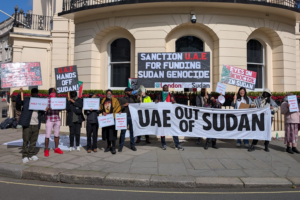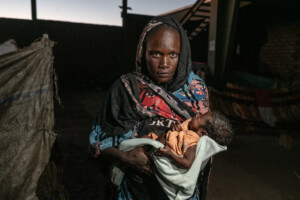SDFG Report: Eastern Sudan ‘The Forgotten Territory’
Eastern Sudan has continued to be a victim of the same developmental marginalisation from which all of Sudan’s peripheries are suffering, according to The Strategic Thinking for Change and Stability in Eastern Sudan: The Forgotten Territory. Previously released in Arabic in July, the publication by the Sudan Democracy First Group (SDFG) presents the discussions and recommendations of a workshop organised and held by the group.
Eastern Sudan has continued to be a victim of the same developmental marginalisation from which all of Sudan’s peripheries are suffering, according to The Strategic Thinking for Change and Stability in Eastern Sudan: The Forgotten Territory.
Previously released in Arabic in July, the publication by the Sudan Democracy First Group (SDFG) presents the discussions and recommendations of a workshop organised and held by the group.
“Since Sudan’s independence, Eastern Sudan has continued to be a victim of the same developmental marginalisation from which all of Sudan’s peripheries are suffering.
“Despite the region’s significant geographic importance, housing the country’s maritime ports, lengthy land and sea boarders, fertile agricultural lands which provide a rich basket of resources, it continues to suffer from instability, security threats, poverty, successive famines, diseases, looting of resources, exclusion from political participation and discrimination in development and other policies that have marked the history of the modern Sudanese state,” the report reads.
“The National Islamic Front (NIF) coup of 1989 deepened developmental and social discrimination in eastern Sudan. The three-decade rule of the NIF and it successor, the National Congress Party (NCP), has aggravated the security, political and economic problems of the region placing Eastern Sudan in a state of precarious stability and conflict.
“Despite the relative peace achieved by the Eastern Sudan Peace Agreement (ESPA) of 2006, which ended armed hostilities, many of the underlying causes of the conflict are still in place, and liable to explode at any moment unless addressed with strategies aimed at achieving real stability in eastern Sudan.”











 and then
and then